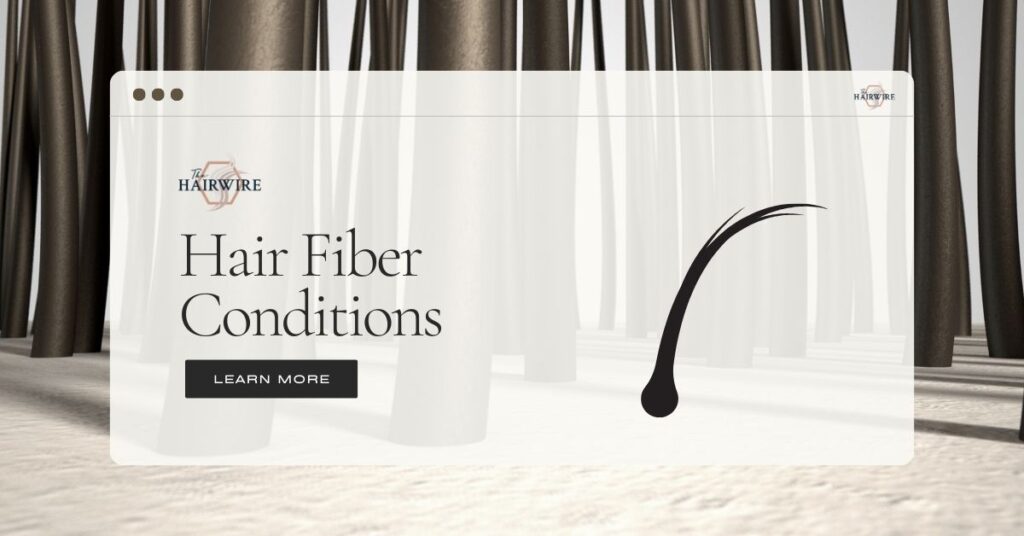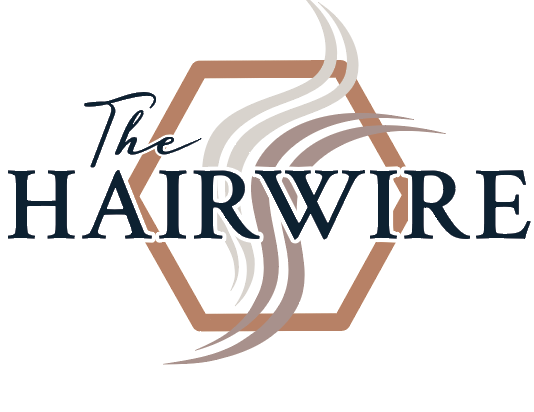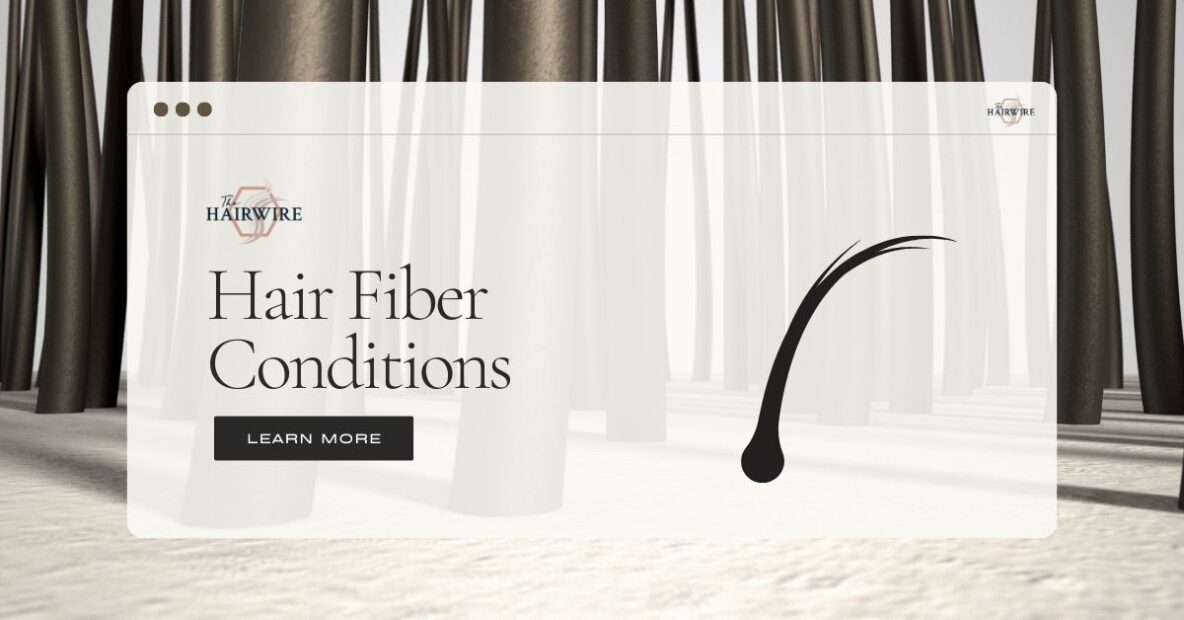
Threads of Hair Health
In the realm of trichology, the study of hair and scalp health, there exists a diverse spectrum of conditions that can affect the very fibers of our being. Hair fiber conditions, in particular, encompass a wide range of issues that can have a profound impact on the appearance, texture, and overall health of our hair. As a copywriter with a background in trichology, I am committed to delving into the intricacies of these conditions, shedding light on their underlying causes, and offering insights into their management.
Understanding Hair Fiber Conditions:
Hair fiber conditions, also known as hair shaft disorders, refer to a group of disorders that directly affect the structure and integrity of individual hair strands. These conditions can manifest in various ways, leading to changes in hair texture, strength, and appearance. It’s important to note that many hair fiber conditions are genetic, meaning they are inherited, while others may result from environmental factors, nutritional deficiencies, or hair care practices.
Common Hair Fiber Conditions:
- Alopecia Areata: While primarily an autoimmune disorder affecting hair follicles, alopecia areata can also lead to changes in hair fiber structure, resulting in fragile and irregularly shaped hairs.
- Monilethrix: This rare genetic condition causes the hair shaft to become thin, brittle, and prone to breakage, resembling beads on a string.
- Trichorrhexis Nodosa: Characterized by weak points or nodes along the hair shaft, trichorrhexis nodosa can lead to frayed and easily broken hair.
- Pili Torti: In this condition, the hair shaft becomes twisted or flattened, resulting in hair that appears coarse and brittle.
Causes and Management:
The causes of hair fiber conditions can vary widely, from genetic mutations to external factors such as excessive heat styling or chemical treatments. To effectively manage these conditions, it is crucial to identify the underlying cause through comprehensive evaluation, often with the guidance of a trichologist or dermatologist.
Management strategies may include:
- Nutritional Support: Addressing underlying nutritional deficiencies with a balanced diet and supplements when necessary can aid in improving hair fiber strength and health.
- Gentle Hair Care: Minimizing exposure to harsh hair treatments and adopting gentle hair care practices, such as using sulfate-free shampoos and avoiding excessive heat, can help prevent further damage.
- Medical Treatments: Depending on the specific condition, medical interventions may be recommended. These can range from topical treatments to advanced laser therapies.
- Emotional Support: Coping with changes in hair appearance can be emotionally challenging. Support groups and counseling can be valuable resources for individuals affected by hair fiber conditions.
Hair fiber conditions may pose unique challenges, but they need not define your relationship with your hair. With proper understanding, professional guidance, and a commitment to gentle hair care, it’s possible to manage these conditions effectively and embrace the beauty of your unique hair journey. Remember, every strand tells a story, and by nurturing your hair fibers, you can ensure they shine with resilience and vitality.
Watch:
Read More:


